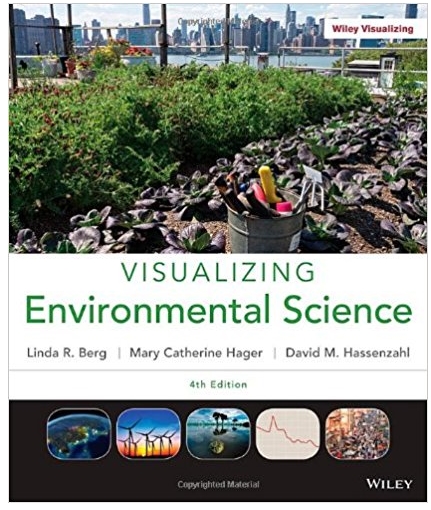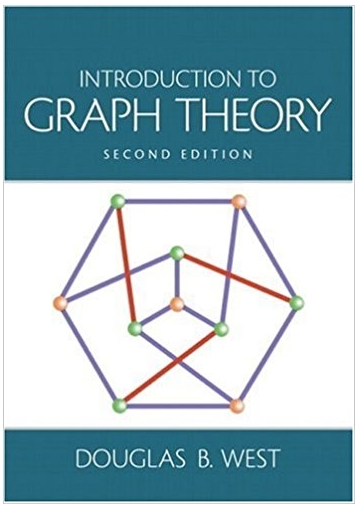Go back


Visualizing Environmental Science(4th Edition)
Authors:
Linda R. Berg, David M. Hassenzahl, Mary Catherine Hager

Cover Type:Hardcover
Condition:Used
In Stock
Include with your book
Expected shipping: July 26, 2024Popular items with books
Access to 3 Million+ solutions
Free ✝
Ask 10 Questions from expert
200,000+ Expert answers
✝ 7 days-trial
Total Price:
$0
List Price: $127.95
Savings: $127.95(100%)
Solution Manual Includes
Access to 3 Million+ solutions
Ask 10 Questions from expert
200,000+ Expert answers
24/7 Tutor Help
Detailed solutions for Visualizing Environmental Science
Price:
$9.99
/month



















